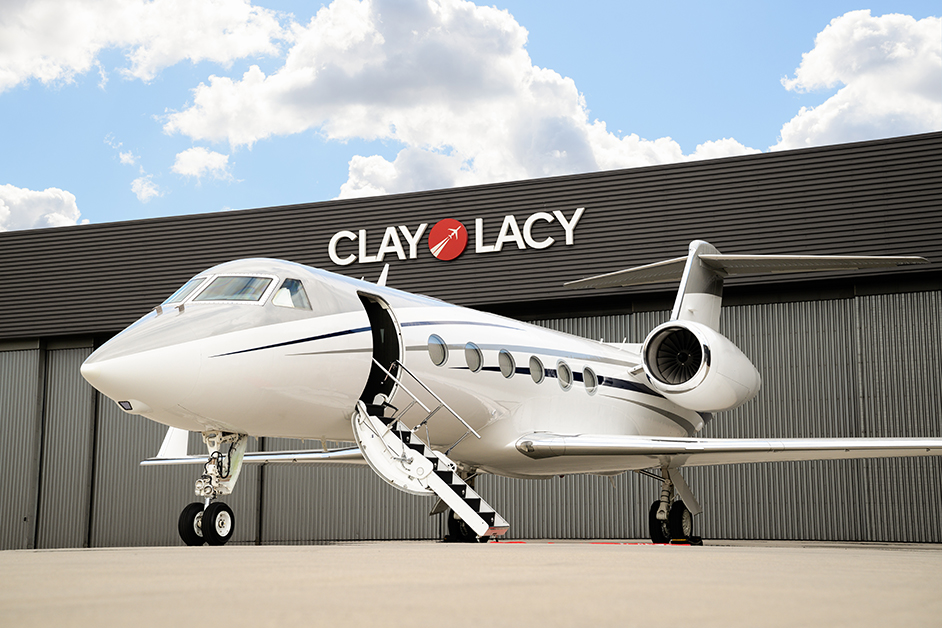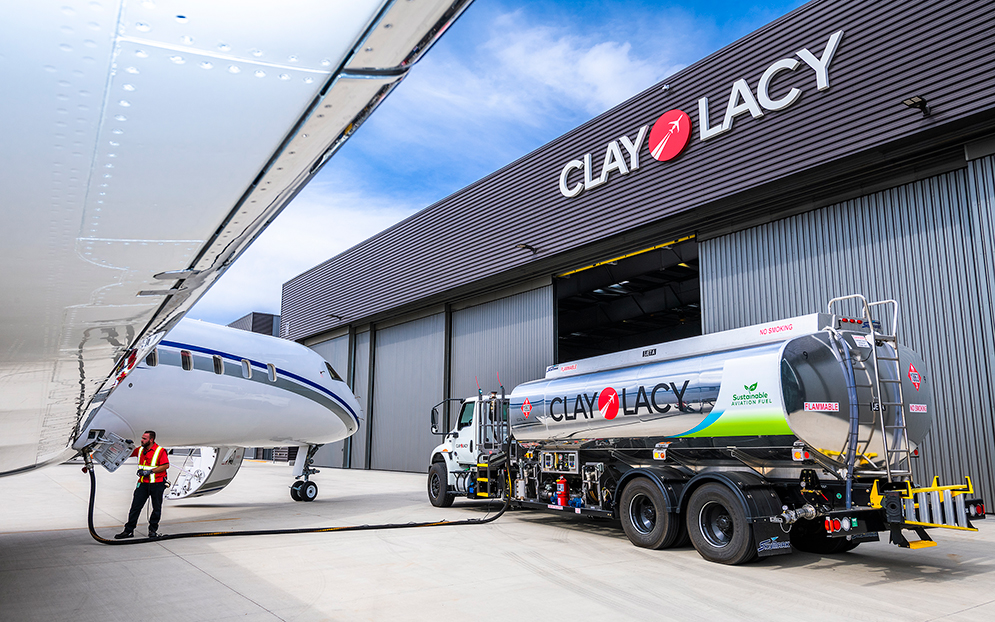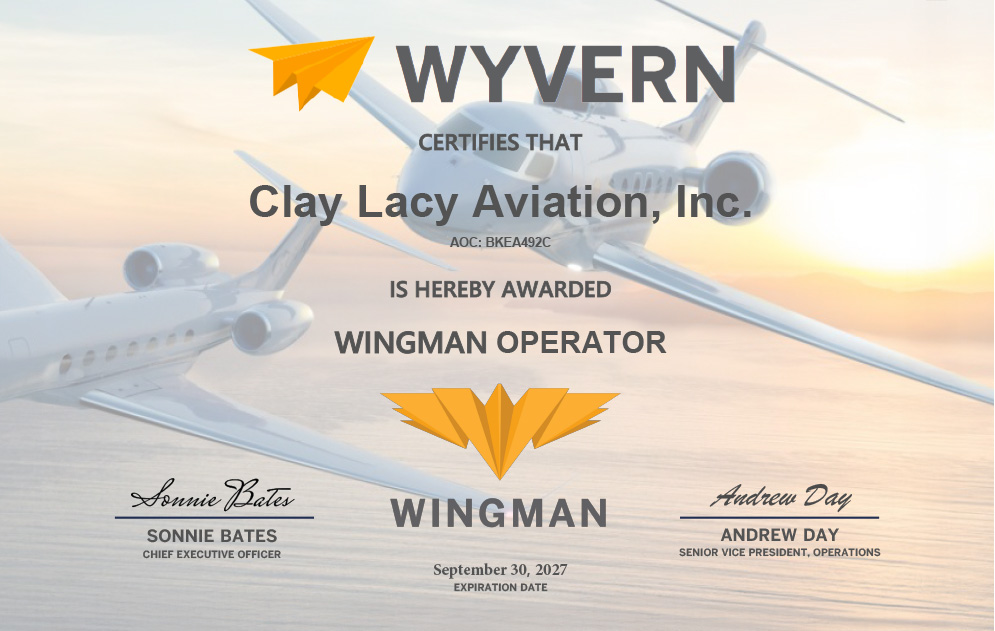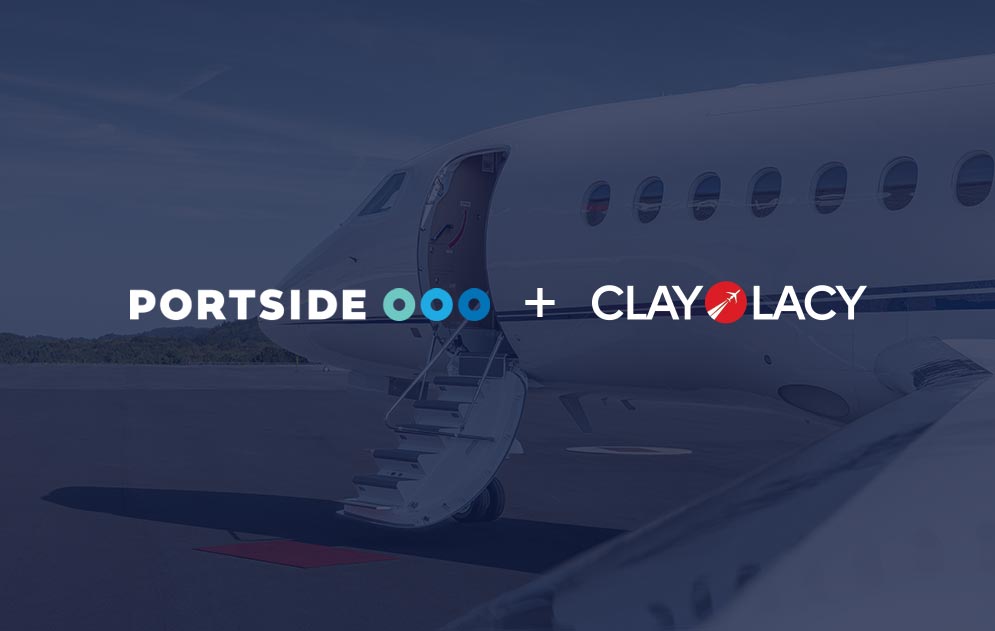
Here’s How to Budget for Your Business Aircraft Annual Plan
The annual operating budget for your business jet requires careful consideration and forecasting. Here are some guidelines Clay Lacy Aviation uses to help you accurately plan for the year ahead.
1. BUDGETING FOR A BUSINESS JET: Establish Data-Based PROJECTIONS
Jet fuel. This is one of the largest line items in any business jet operating budget. Fuel prices fluctuate regularly with the market and it is important to continually monitor these trends.
The locations you are flying to will help determine the average fuel price you want to forecast for. Will you be flying into Aspen (KASE), Teterboro (KTEB) or other locations with a higher cost per gallon? Or are you mostly flying from your home base to lower density airports which offer lower fuel prices? How often do you visit certain airports, and what is your historic fuel purchases at each?
Flight hours. How much do you plan on flying this year? The mission and frequency are important to understand so you can factor these numbers in your variable cost estimate and yearly budget for a business jet. Clay Lacy can help run real-world cost projections based on your travel patterns and historic fuel usage.

2. BUSINESS JET OPERATING BUDGET: Estimate Variable Expenses
Fuel costs. Unless you have specific details on your flight profile for the next year, you must estimate the average fuel costs you’ll encounter. This will be multiplied by the hours flown and fuel burn of your jet.
Program expenses. Engine and APU programs are calculated at an hourly cost. Multiplied by your estimated number of hours, this will provide you with an accurate estimate. Be sure to account for the minimum flight hours set by Clay Lacy, or your program administrator.
Owner flight expenses. Use this line item to allocate costs associated with expenses related to travel with the aircraft. Factor in landing fees, permits, deicing, catering, crew expenses, ground transportation and more into your annual budget for your business jet. Extensive international travel will increase this line item significantly, often two-to-three times.

3. Detail Fixed Costs ON YEARLY BUDGET
Management oversight. An aircraft management company such as Clay Lacy provides fleet discounts and purchasing power. It’s a way to ensure substantial savings on your business aircraft annual plan for fuel, insurance, programs, subscriptions and training.
Facilities. Hangar, storage and fees associated with basing your jet at its home airport.
Crew costs. Here, you will want to include salaries, benefits and taxes related to the employment of your crew. This can consist of pilots, a director of maintenance, and flight attendants. Be sure to consult industry salary surveys to ensure compensation and quality of life schedules are competitive in the market and adjusted for your geographic region.
Will you be utilizing supplemental crew throughout the year when your primary crew is on vacation or in training? If necessary for your operation, those expenses should be included for business jet budgeting.

Maintenance. You will want to budget for both scheduled and unscheduled maintenance costs.
Scheduled maintenance can be predictable by forecasting the inspections you have coming due. Clay Lacy or your maintenance shop can give you an idea of how much to include in your yearly budget. Keep in mind, there is typically a fixed cost quoted for the inspection, then an hourly rate quoted to fix discrepancies (the problems discovered during the inspection). Quite often, the discrepancies can be more costly than the inspection, so be sure to reference common discrepancy expense ranges for your make and model of jet for the scheduled inspection you have coming due.
Unscheduled maintenance is a line item you want to include for when the unexpected happens. This is harder to budget for. Most OEMs and management companies can help by giving you a range of what to set aside based on the make, model and age of your aircraft.
Inflight Connectivity or Wi-Fi. High-speed internet, specifically streaming Wi-Fi, is expected by most charter clients for Part 135 operations. Depending on the equipment installed and the subscription plan, this can vary by tens of thousands of dollars. A proper review of your prior years data consumption and current data plan is a wise analysis to ensure you have the right plan to fit your connectivity needs. Consider installing the newest satellite options such as Starlink or Gogo Galileo to make the most of connectivity options for cabin and crew members alike.
Insurance. This is a key component of your operating budget for a business jet. You will want to find a good insurance agent or pair up with a management company for their buying power. The two largest variables to any insurance policy is your declared hull value, and limit of liability. Carrying $300M in liability is a common coverage to provide adequate protection for you.
Charts, manuals, subscriptions. This catch-all covers miscellaneous line items that can add up fast to significant amounts. Again, this will vary by the size and type of business jet. If you have been in operation for a few years, the previous year will give you a good guide, then make adjustments based on any changes being considered. If this is a new plane, consult with a Clay Lacy management adviser for common expenses they are seeing on other aircraft in their fleet.
Sustainable Aviation Fuel (SAF) and Carbon Offsets. Sustainable Aviation Fuel or SAF is now available at a growing number of select airports in the United States and worldwide. SAF is produced from various sources including animal fats or recycled materials and can reduce the carbon footprint of your aircraft by about 20%. Currently the green premium is $1.50 to $2.00 more per gallon of Jet-A. Include this in your business aircraft annual plan if you wish to incorporate SAF into your carbon reduction strategy. Carbon Offsets are also becoming a common purchase and average around $0.15/gallon. Clay Lacy has a long history of fueling with SAF and can help business aircraft owners meet their sustainability goals.

Final YEARLY BUDGET thoughts to consider
Take this step by step and understand what all goes into operating the aircraft. Speak with your pilots, maintenance tech or management company to understand the costs. If this is your first year, you may find a large spike in the operating budget for your business jet right off the bat. This is due to the startup costs associated with pilot training, tooling and insurance.
Need help creating a better business aircraft yearly plan? Reach out to the aircraft management professionals at Clay Lacy Aviation. We are at your service.


